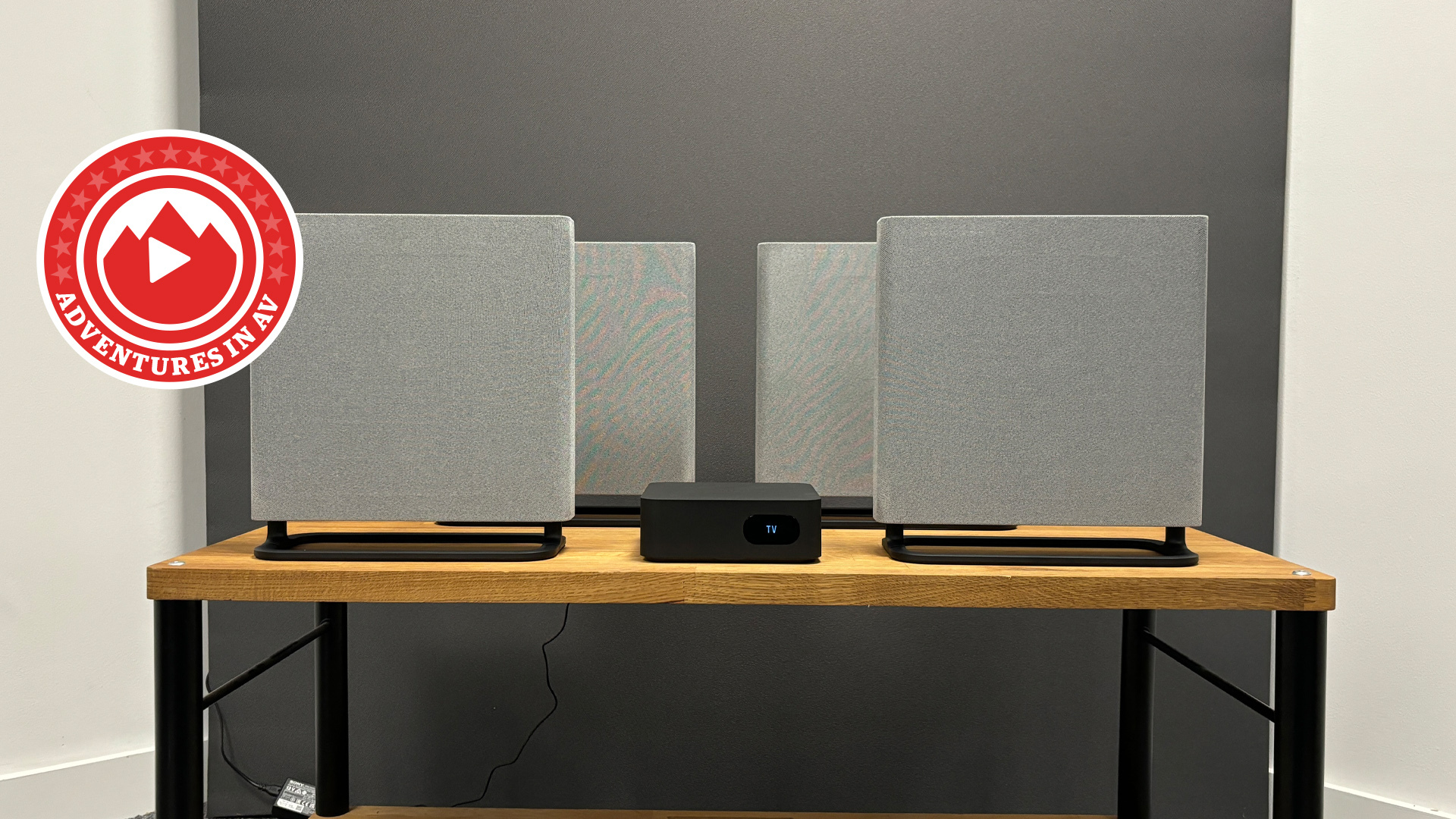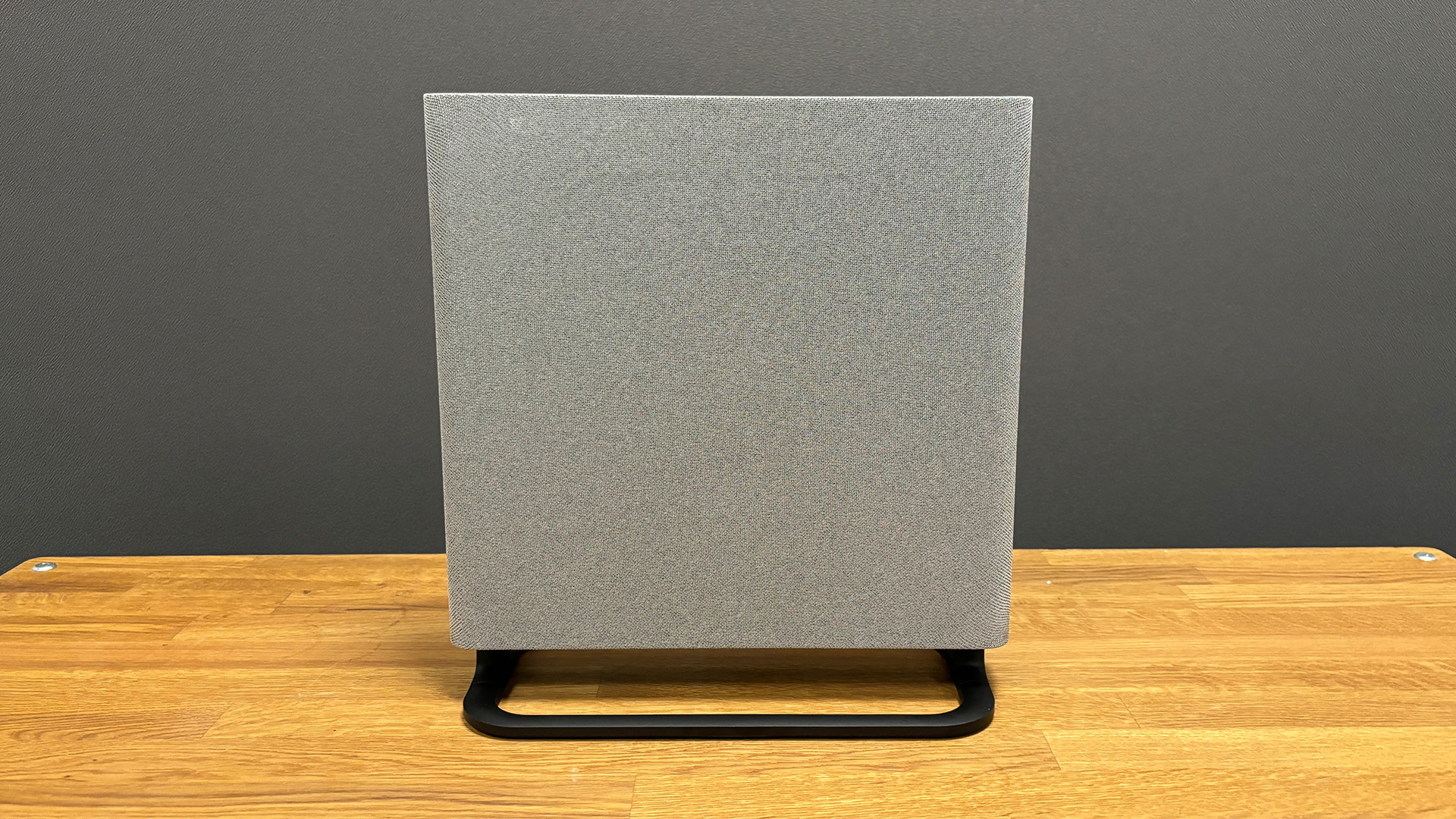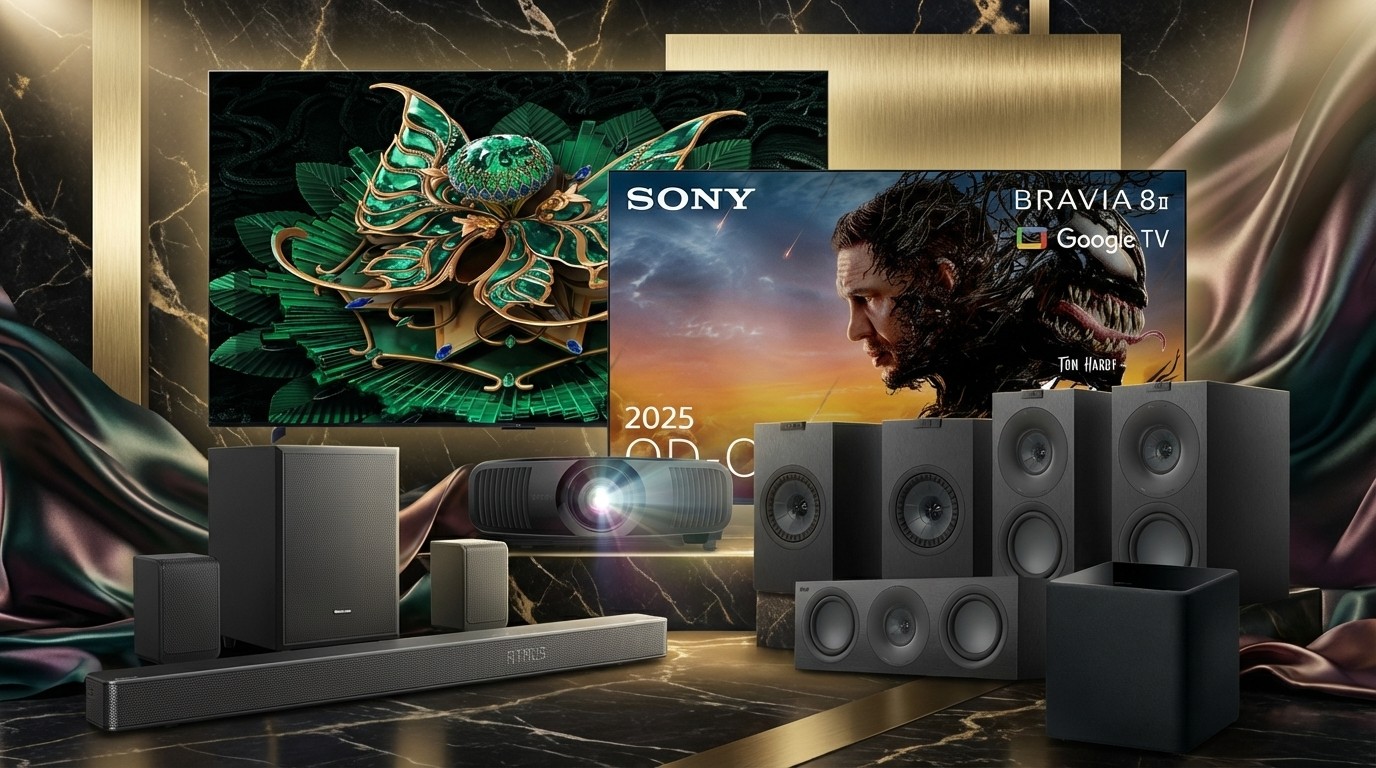As a user of the Sony HT-A9 Dolby Atmos system, I'm both disappointed and relieved by the imperfect Bravia Theatre Quad
I was suffering with upgrade-itis, but now I am cured

I didn’t get into home cinema and hi-fi reviewing to get rich (chance would be a fine thing); I got into home cinema and hi-fi reviewing because I love home cinema and hi-fi kit. Even now, seventeen years into my career, I regularly get that tingle of excitement when a new product arrives, and when I’m halfway into a review of something great, I can’t help but daydream about finding a way to get it into my system at home. I also regularly suffer from an affliction that may be familiar to many of you: upgrade-itis.
Regular readers might remember that when I moved house at the start of last year, I agreed not to reinstall my AV receiver and 11.1.4-channel speaker system in the new living room and that I would instead find something less conspicuous for our movie sound. After a couple of months with the Sonos Arc and a brief fling with a pair of HomePods, we settled on the Sony HT-A9 system, and the rest, as they say, is history.
Except, of course, it isn’t.
The rare, momentary audio dropout aside, our year or so with the HT-A9 has been fairly blissful – the Dolby Atmos bubble it presents is really effective, there’s great clarity despite the lack of a physical centre channel and the surprisingly large speakers blend into the room rather neatly – but this is my hobby as well as my job, so I can’t help but cast my eye around for the next thing.
That ‘next thing’ seemed, quite unsurprisingly, to be Sony’s own replacement for the HT-A9, the Bravia Theatre Quad, which I first saw at the launch event in May but which we finally had the chance to review just last week.
Conceptually, the Quad system deviates very little from the HT-A9. It’s a set of four wireless speakers and a control box that together create room-filling Dolby Atmos and DTS:X sound using Sony’s very clever 360 Spatial Sound Mapping. So far, so familiar – but the Quad features some upgrades that appeal to me, and I’m not even talking about the four additional drivers it has.

The first and most obvious of those upgrades is the design of the speakers. I agree that the wide and flat form looks less appealing than the HT-A9’s canister-shaped speakers when standing on a piece of furniture, but they look much better – by which I mean even less noticeable – when wall-mounted.
The latest hi-fi, home cinema and tech news, reviews, buying advice and deals, direct to your inbox.
The Bravia Theatre Quad system also features a new app. This isn’t the sort of thing that I usually get too excited about, but the new app features a new and more advanced calibration system. More advanced calibration generally equates to better sound, particularly for a product that relies so heavily on audio processing.
Finally, the Quad system features a dual antenna and automatic frequency hopping, which means it should never suffer from those very occasional audio dropouts that I’ve experienced with the HT-A9.
All told, the Bravia Theatre Quad sounded like the system that I (and the rest of my family) already love, but made even better, so the upgrade bug had bitten long before our review sample ever arrived.
However, there’s a sting in the tail that revealed itself during our extensive testing. The Bravia Theatre Quad really is an upgrade in the ways I was hoping, and it’s super-clean, crisp and energetic in terms of sound – but it’s also a downgrade in terms of weight and depth. It’s just too lean in its delivery, so it lacks a lot of the richness and solidity of the HT-A9, despite its obvious improvements elsewhere. More than its predecessor, the Theatre Quad really needs the optional subwoofer, which is a bit galling when you consider how much more expensive the new system is compared with the last.
Good though it is overall, given how much I was looking forward to the Sony Bravia Theatre Quad, it was inevitable that I would be disappointed by its shortcomings. But that disappointment eventually turned to relief: I don’t have to find £2499 and go through the hassle of replacing my existing system. Instead, I can be content in the knowledge that I already have the best system for my circumstances. Well, for another week or two at least…
MORE:
Read the full Sony Bravia Theatre Quad vs Sony HT-A9 comparison
Also check out our list of the best soundbars
Tom Parsons has been writing about TV, AV and hi-fi products (not to mention plenty of other 'gadgets' and even cars) for over 15 years. He began his career as What Hi-Fi?'s Staff Writer and is now the TV and AV Editor. In between, he worked as Reviews Editor and then Deputy Editor at Stuff, and over the years has had his work featured in publications such as T3, The Telegraph and Louder. He's also appeared on BBC News, BBC World Service, BBC Radio 4 and Sky Swipe. In his spare time Tom is a runner and gamer.

